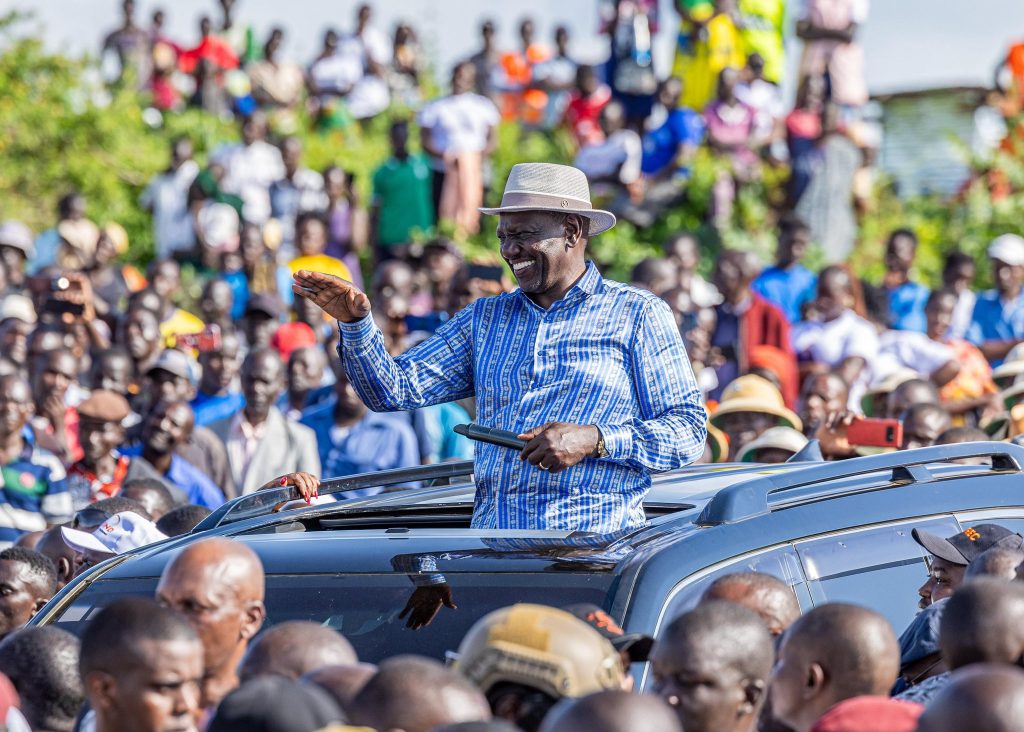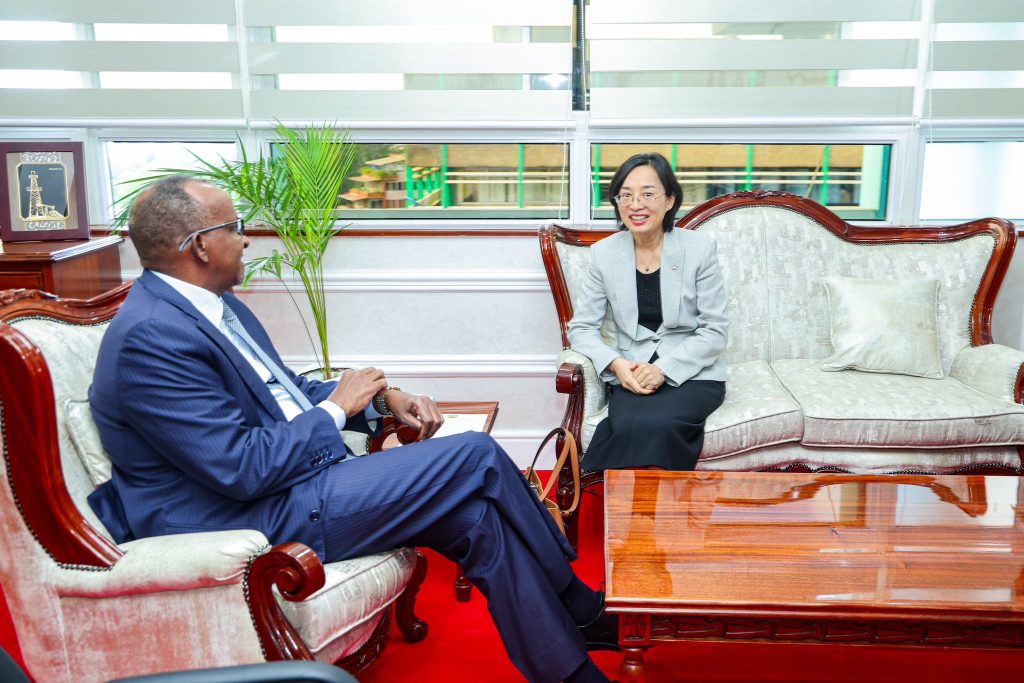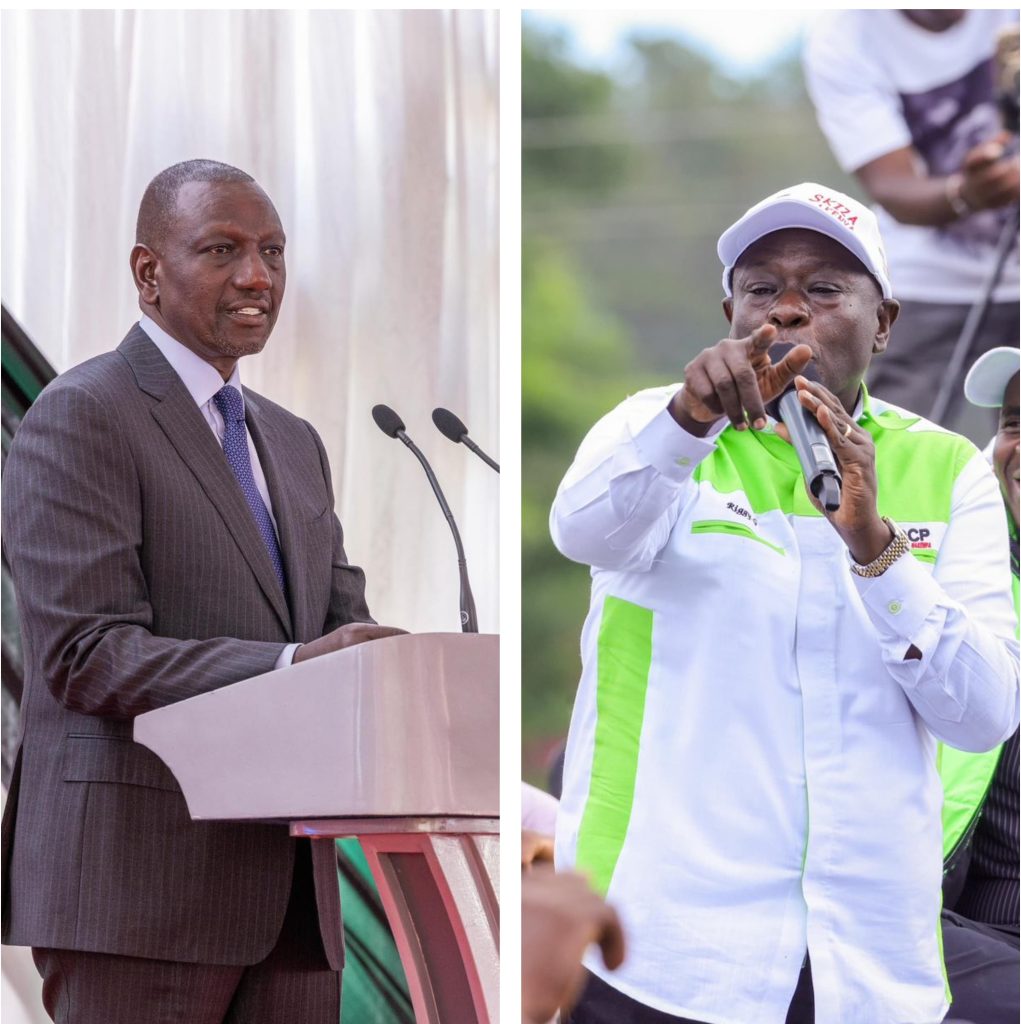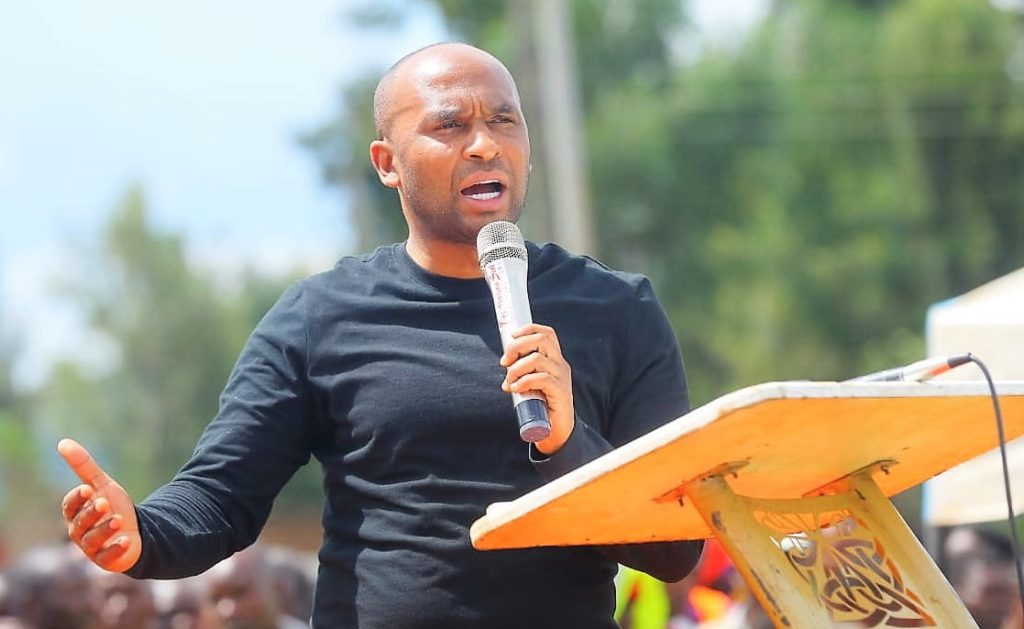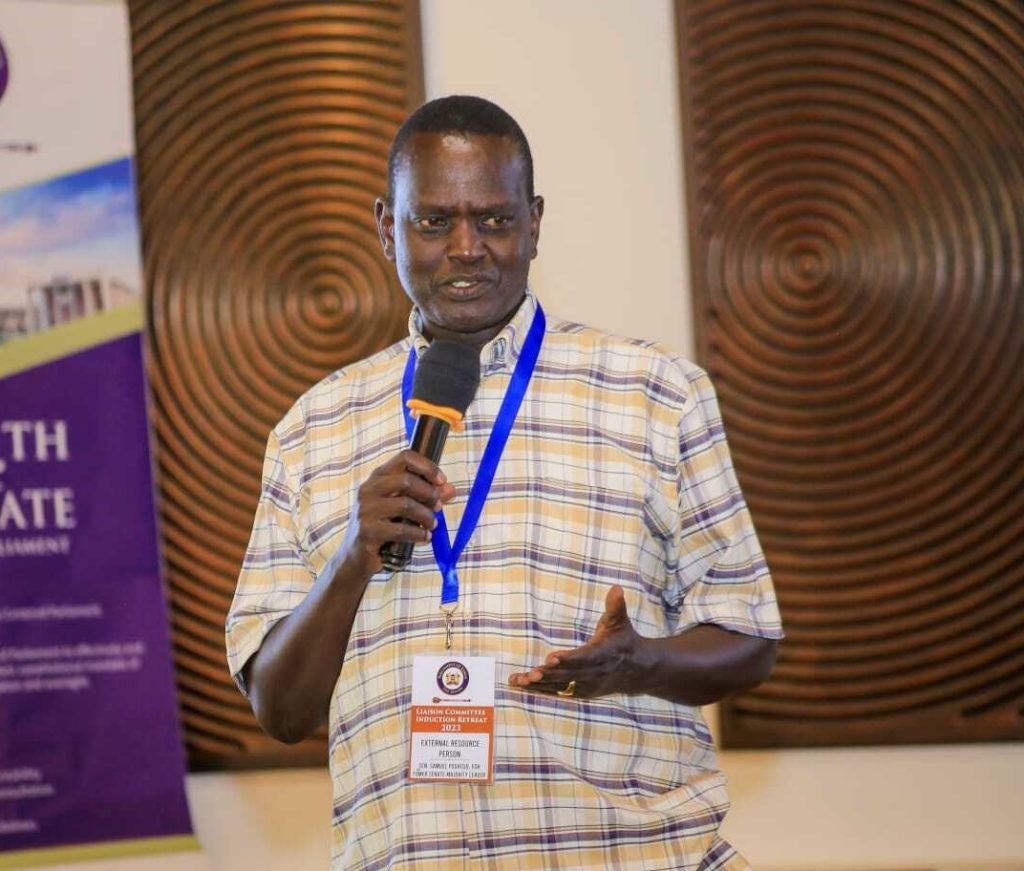President William Ruto hits 1000 days in office as of today June 9th 2025 since his swearing in. With over 200 promised projects during his campaign and others along the way, the current government marks a major milestone. 14 completed projects, 120 ongoing,7 stalled and 107 not started projects according to the Mzalendo Promise Tracker.
A major balance is evident in the 14 achieved promises of the current regime cutting across all the major sectors and ensuring uniform inter-sector development. Despite major setbacks associated with President Ruto’s governance, the president pointed out that the government had successfully stabilized the country’s economy and will now turn its focus to the implementation of key development projects. The statement was made earlier this year in Elgeyo Marakwet county.
Among the major key development projects is the Universal Health Coverage, The Affordable Housing Project ,extension of the Standard Gauge Railway, the Lamu-Garissa-Isiolo road(LAPSSET), rural road network upgrades, regional to county developments in all major sectors and the ongoing Subsidizing Fertiliser Programme.
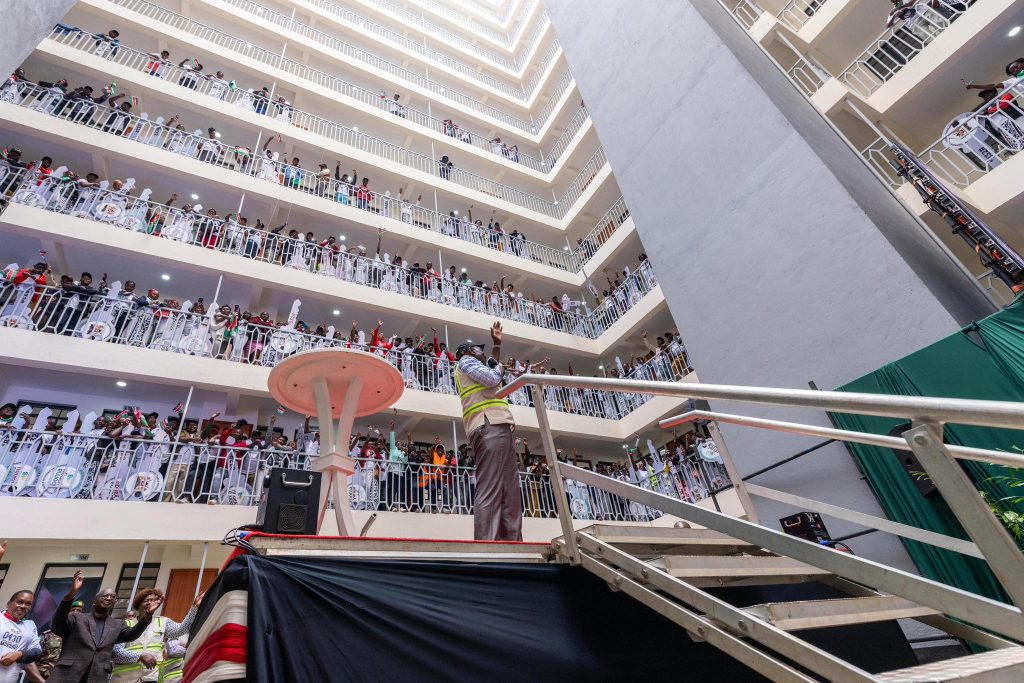
During his campaigns, the president promised to reduce the then called NHIF monthly contribution to ksh.300 for the self employed and those without a source of income. Originally, the NHIF rates for the same category were Ksh.500 putting strain on low income households at the time. In analysis of the recent developments, the president followed through on his promise and on top of that, he recently launched a Lipa SHA Pole Pole initiative to the citizens.
This is an attempt to achieve Universal health coverage(UHC) in Kenya that ensures quality medical coverage to every citizen without financial strain. Kenya aims at achieving UHC by 2030 to align with the Kenya vision 2030 and the United Nations sustainable development goals.
The Affordable housing project aimed at delivering 250,000 units annually all over the country. Each county provides units for its residence as the initiative states. The ongoing project has been a success as the Kibera Soweto East zone B, Kikuyu, Kapsuswa, Bahati housing projects in Nairobi and Kiambu county, come into completion. As a key project and a big dream for Ruto’s presidency, he has pulled it off effectively ensuring quality units and affordable at the same time.
“There are things we have waited to be achieved for many years, the Universal Health Coverage and Affordable Housing have been ongoing for 30 years and yet they are unfulfilled. This is the time to do it and I am the person to do it,” said President William Ruto.
The President launched the development of key road networks under the LAPSSET Corridor project. One of the roads was the Lamu Isiolo Garissa road that was completed in February this year. The Lamu Port-Southern Sudan-Ethiopia Transport – or (LAPSSET) – corridor is the flagship project of Kenya’s Vision 2030 development agenda. This initiative aims to integrate regional trade and improve connectivity between Kenya, Ethiopia, and South Sudan, reinforcing Kenya’s role as a logistics hub in East Africa.
In a four day tour to china in April this year, the President negotiated on a new funding model that ensured extension of the SGR from Naivasha to Malaba. The new SGR Phase 2B line will eventually connect Kisumu to Malaba, linking Kenya’s rail network to Uganda and strengthening regional trade routes across East Africa. This is a move that will grow Kenya’s infrastructure rapidly and aggressively as trade and transport to Uganda will be effective.

Despite taking enormous stride towards bettering the nation, major projects have stalled and aggravated. Unfinished roads due to lack of funds and inadequate capital provision to farmers. These projects were officially progressive but later faced challenges and could not continue. Allegations from farmers state that corruption is still a disease in this country that counterattacks development.
Amid rising concerns over issues of injustice, especially towards the youth, government critics, and online voices, Kenya continues to grapple with lingering questions of accountability and transparency from the current regime. Unkept promises, stalled projects, and the perceived erosion of public trust have sparked criticism across various sectors.



